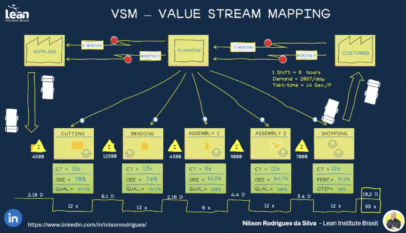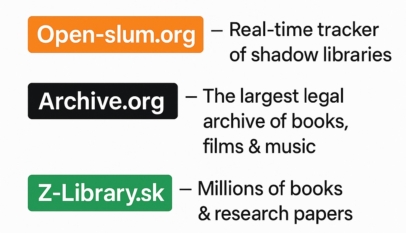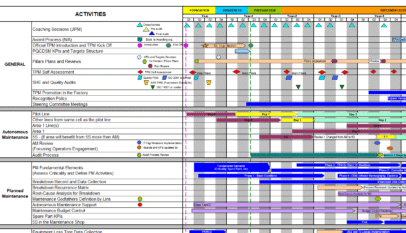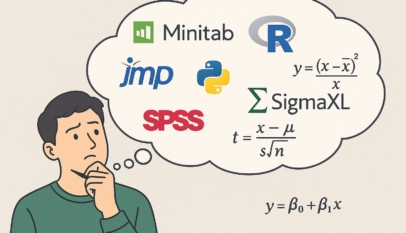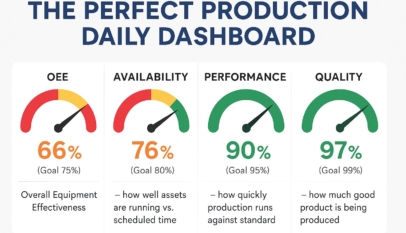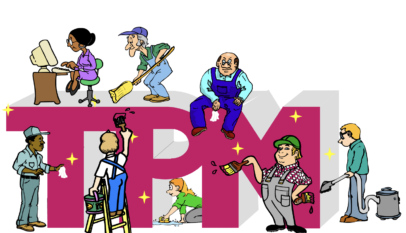If the Autonomous Maintenance program is to be developed in a planned and structured way, then suitable approaches tailored to each equipment unit and line setup must be devised when designing the overall plan, and these individual plans must then be put into action. Figure “A Typical Autonomous Maintenance Rollout Plan” shows a typical Autonomous Maintenance Rollout Plan.

Basic schedule
Although the planning horizon for the basic schedule depends on the nature of the operation, about 3 years from kick-off is a good rule of thumb. Some firms look to shorten the time frame to 2 – 2 ½ years, but if the activities are rushed, they are unlikely to become properly embedded. On the other hand, if the schedule is too long (say 5 – 6 years), this can prevent the company from achieving real improvements in its organization and culture. A period of 3 – 4 years should be taken as the standard timeframe for the overall plan, including the preparatory phase (preliminary training).
Selecting a management pilot model machine
The emphasis should be on hands-on practice rather than on form or theory, and everyone should focus on practical learning. Running a management pilot model ensures that managers learn what is involved by actually experiencing it. They themselves must lead the Autonomous Maintenance program, by doing it themselves on a pilot machine and creating manuals on the basis of what they have learned in order to make them better able to lead the Autonomous Maintenance program and pass their skills and knowledge on to the operators through relay teaching. A team of department and area managers should start work on one pilot model machine, and teams of area managers and shop-floor supervisors should then work on others.
While working on the pilot machines, the managers will find that some tasks need to be done every day just to keep everything clean, and they will have to ask the operators to do this for them. One or more of the operators responsible for that piece of equipment should therefore be included in the team and asked to make sure the work done is sustained in the intervals between sessions.
Once the area managers have learned the basic routines required on the management pilot machine, they must then lead the way, coaching the supervisors in their area thoroughly on the pilot machine for that area. This should be seen as the key to rolling out the Autonomous Maintenance program successfully. While this is happening, the management team should implement Focused Improvements on their pilot model, to demonstrate what results they can produce. When doing this, is it important to pick out particularly notable systemic losses or individual losses due to minor stops, quality defects, equipment failures, inefficient work behaviors, and so on, and complete the improvements within a period of about three months.
Setting targets
The targets to be set will, naturally, depend on the expected output (i.e., what it is hoped to achieve, and to what degree). The approach used in implementing Autonomous Maintenance is to set two classes of targets. The first consists of progress targets, specifying how many steps are to be carried out, on how many machines, to what standard, by when. The second consists of output targets expressed in terms of increasing the effectiveness of each item of equipment and the system as a whole.
Typical parameters for progress targets
- Deadlines for implementing specific steps
- Number of machines on which steps are to be completed
Typical parameters for output targets
- Number of breakdowns
- Number of minor stops
- Overall Equipment Effectiveness (OEE)
- Number of quality defects



